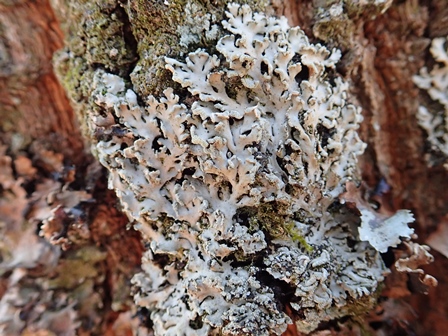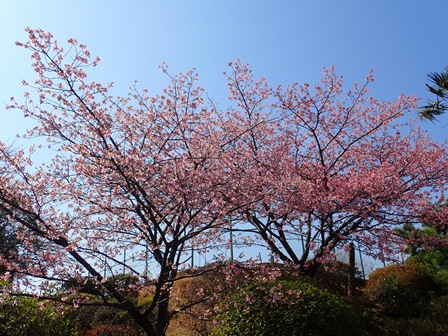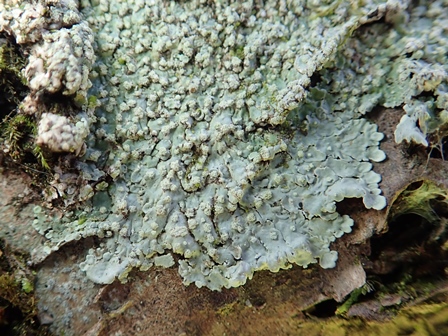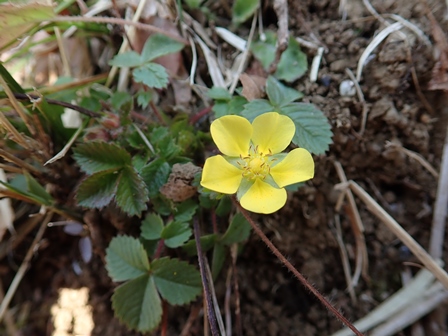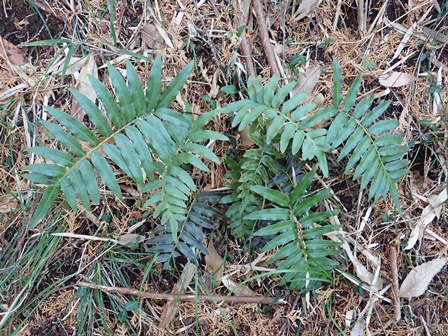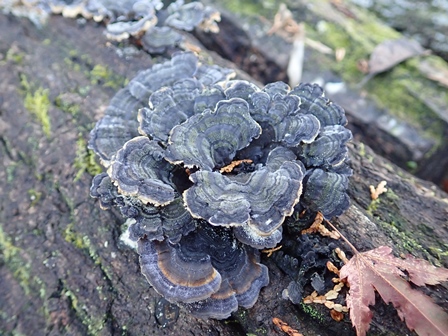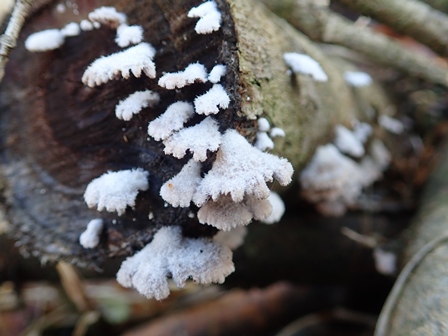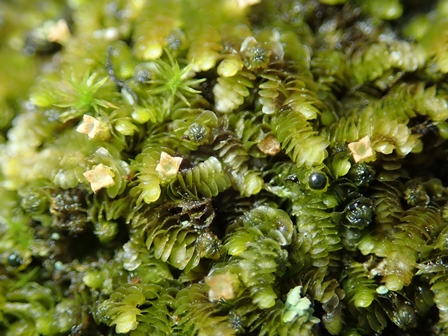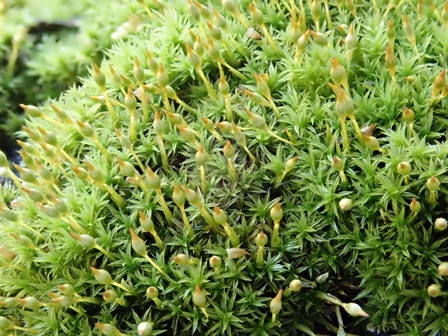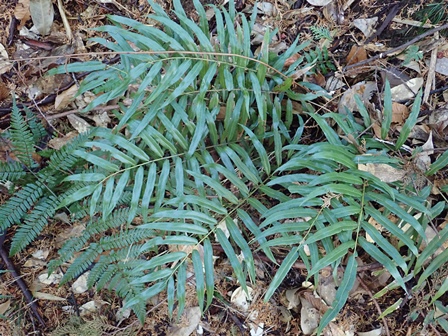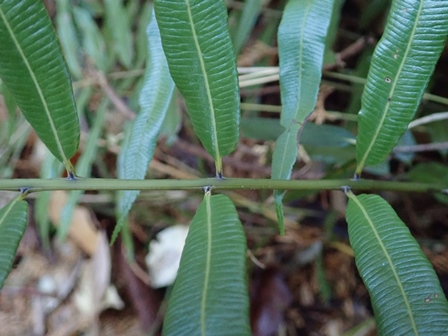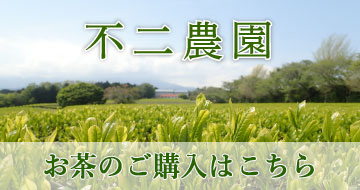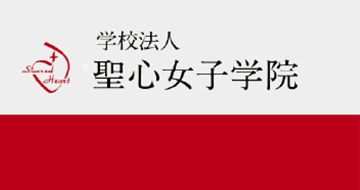フィールド日記
2021.02.26
キウラゲジゲジゴケ
クヌギ林でキウラゲジゲジゴケを見つけました。コケと名前がついていますが、菌類と藻類の共生体である地衣類のなかまです。地衣体の縁には粉芽と呼ばれる粉状のものがついているのが特徴です。粉芽が風などで飛ばされることで、仲間を増やします。
名前のキウラ(黄裏)は地衣体の裏面が黄色いことに由来します。
I found a "Kiura-Gejigeji-Goke (キウラゲジゲジゴケ)" in the Japanese chestnut oak woodland. They are lichen, which is a symbiont that consists of fungi and algae. They have powdery particles called "soredium" on the edge of their body. They can asexually reproduce when their soredium is blown off by wind.
"Kiura (キウラ)" in its name literally means the back of their body is yellow.
2021.02.23
カワヅザクラ
講堂横のカワヅザクラ(河津桜)が咲いています。カワヅザクラは、1955年ごろに静岡県河津町で偶然発見された桜の苗から増殖された栽培品種です。2月ごろから咲き始める早咲きの桜で、約1か月にわたり花を楽しむことができます。
"Kawazu-Zakura (カワヅザクラ)" trees are in bloom near the auditorium. The species "Kawaz-Zakura (カワヅザクラ)" was a cultivar that was originally found in Kawazu, Shizuoka, by chance and has been proliferated. They are an early blooming cherry blossom starting to bloom around February, and you can enjoy the flowers for about one month.
2021.02.19
コフキメダルチイ
共生の森でコフキメダルチイを見つけました。菌類と藻類の共生体である地衣類のなかまです。1個体からできたコロニーはきれいな円盤状になることがあり、和名はこれをメダルに例えたものです。
I found "Kofuki-Medaru-Chii (コフキメダルチイ)" on a tree in the Kyoseinomori-Forest (共生の森). They are lichen, which is a symbiont that consists of fungi and algae. "Medaru (メダル)" in its name means "medal". You can sometimes find disc-shaped colonies that grow one spore.
2021.02.16
キジムシロ
ススキ野原でキジムシロが咲いています。ススキ野原では、茶草場として毎年秋に草刈りが行われています。それにより、キジムシロなどの明るい草地に生育する植物に適した環境が保たれています。和名は、花後に放射状に大きく広がる葉を、キジが休む筵(むしろ:わらなどを編んで作った敷物)に例えたものです。
"Kijimushiro (キジムシロ)" plants are in bloom in the Japanese pampas grass field. The grass in this field is cut every year to be used for "Chagusaba (茶草場)", which is a place where the grass is gathered for the tea garden. Therefore, this field is kept as a good place for the plants growing in sunny grass fields. The name means ”pheasant's straw mat” and comes from the shape of leaves that grow radially wider after their flowering period.
2021.02.12
キジノオシダ
ヒノキ林の林床でキジノオシダを見つけました。暖地に生えるシダ植物です。先日紹介した近縁のオオキジノオととても良く似ています(オオキジノオの記事はこちら)。
葉の先端付近の羽片の軸にくっついている部分を見ることで両者を見分けることができます。下の写真のようにキジノオシダは羽片の上側が広く軸につくのに対し、オオキジノオは羽片の下側が広く軸につきます。
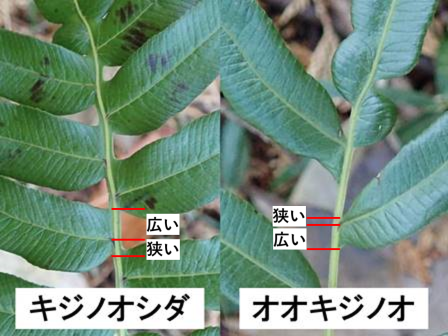
I found a fern called "Kijinoo-Shida (キジノオシダ)" on the Japanese cypress woodland floor. They are a fern plant that grows in warm climate. They are similar to a close-related fern called "Oo-Kijinoo (オオキジノオ)", which I posted the other day (Click here to read the article).
You can distinguish between the two by looking at where the pinna connects to the axis. The upper part of the pinna of "Kijinoo-Shida (キジノオシダ)" is wider at this point. In the case of "Oo-Kijinoo (オオキジノオ)" it is the lower part of the pinna that is wider where it connects to the axis.
2021.02.09
カワラタケ
キャンプ場の近くでカワラタケを見つけました。枯木などの上に生じる最も一般的なキノコです。和名は多数重なり合って発生する様子を瓦に見立てたことに由来すると思われます。木材に含まれるリグニンと呼ばれる成分を分解し、白く変色させる白色腐朽菌の一種で、生態系の中の分解者として重要な働きをしています。
I found this mushroom called "Kawaratake (カワラタケ)" near the campsite. They are one of the most common mushrooms that grow on dead trees. "Kawara (カワラ)" in its name means "roofing tiles" and comes from the way they grow overlapping in clusters. They are white‐rot fungi, which decomposes lignin in wood and turns it white, and they play an important role as a decomposer in the ecosystem.
2021.02.05
スエヒロタケ
共生の森の近くでスエヒロタケを見つけました。表面に綿毛が密生しているのが特徴です。世界中に広く分布しており、学名(Schizophyllum commune)の"commune"もラテン語で「普通の」という意味です。日本でもどこでも見られる種ですが、胞子を吸い込むことでヒトに感染することがあるキノコの1つとされています。
I found this mushroom called "Suehiro-Take (スエヒロタケ)" near the Kyoseinomori-Forest (共生の森). They have fluffy hair on the surface. They are distributed all over the world as the Latin word "commune" in their scientific name (Schizophyllum commune) means "common". You can see them everywhere in Japan as well, but they could infect humans if the spores are inhaled.
2021.02.02
フルノコゴケ
キャンプ場の近くの木で、フルノコゴケを見つけました。黒い球のようなものが朔(さく、胞子をつくる器官)で、花のように見えるものは、朔が開いたものです。和名は古鋸苔(ふるのこごけ)で、湿って開いた葉のようすが古いノコギリの歯のように見えることに由来します。
I found this moss called "Furunoko-Goke (フルノコゴケ)" on a tree near the campsite. The black balls are capsules, which produce spores, and the flower-looking things are open capsules. The name means "old saw moss" and it comes from the fact that the wet open leaves look like saw teeth.
2021.01.29
サヤゴケ
共生の森の近くで、サヤゴケを見つけました。乾燥や大気汚染に強く、都市部でも見つけることができるコケです。和名は、朔(さく、胞子をつくる器官)の柄が葉に包まれていることに由来します。
I found a moss called "Saya-goke (サヤゴケ)" near the Kyoseinomori-Forest (共生の森). They are resistent to dryness and air pollution, so you can find them in urban areas. "Saya (サヤ)" in its name means "sheath" and comes from the fact that the stalks in their capsules, which produce spores, are wrapped by leaves.
2021.01.26
オオキジノオ
ヒノキ林の林床にオオキジノオが生えています。暖地の林内に生えるシダ植物で、北限に近い東京や神奈川では絶滅危惧種に指定されています。和名は葉の形がキジの尾羽に似ていることに由来するようです。
近縁種のキジノオシダによく似ていますが、羽片に柄があることで区別することができます。
I found a fern called "Oo-Kijinoo (オオキジノオ)" on the Japanese cypress woodland floor. They are a fern plant that grows in warm climate. They are designated as endangered species in the areas near the northern limit like Kanagawa and Tokyo. "Kijinoo (キジノオ)" in its name means "feathers pheasant's tail" and it comes from the shape of their leaves.
They are similar to their close relative species called "Kijinoo-Shida (キジノオシダ)", but you can identify them by the fact that the pinna of "Oo-Kijinoo (オオキジノオ)" has a stalk.


